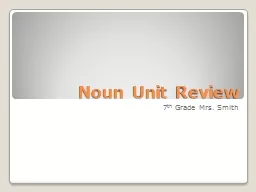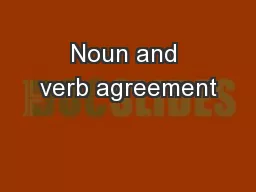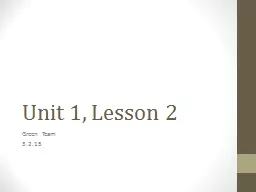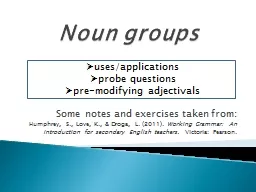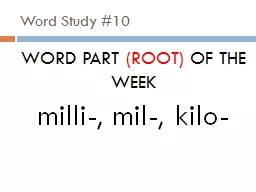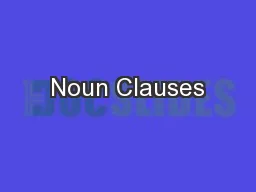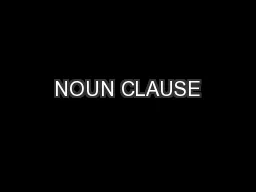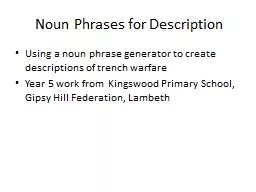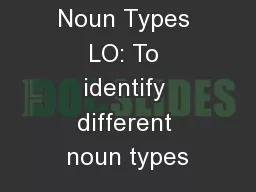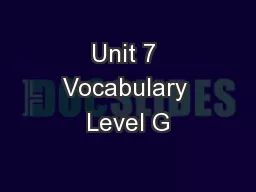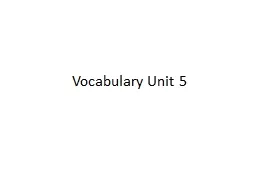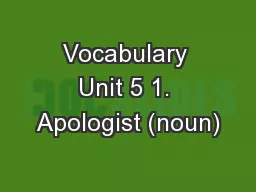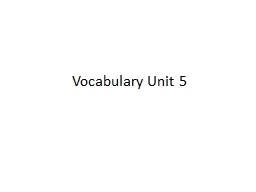PPT-Noun Unit Review
Author : pasty-toler | Published Date : 2016-10-29
7 th Grade Mrs Smith Singular and Plural Nouns A noun is a name word A singular noun names one person place thing or idea A plural noun names more than one person
Presentation Embed Code
Download Presentation
Download Presentation The PPT/PDF document "Noun Unit Review" is the property of its rightful owner. Permission is granted to download and print the materials on this website for personal, non-commercial use only, and to display it on your personal computer provided you do not modify the materials and that you retain all copyright notices contained in the materials. By downloading content from our website, you accept the terms of this agreement.
Noun Unit Review: Transcript
Download Rules Of Document
"Noun Unit Review"The content belongs to its owner. You may download and print it for personal use, without modification, and keep all copyright notices. By downloading, you agree to these terms.
Related Documents

